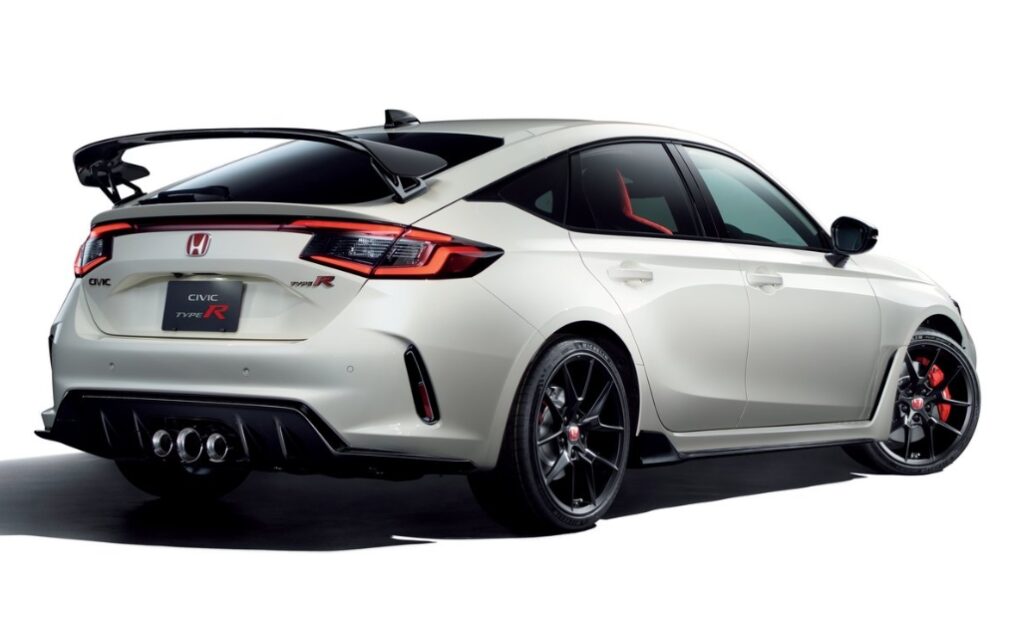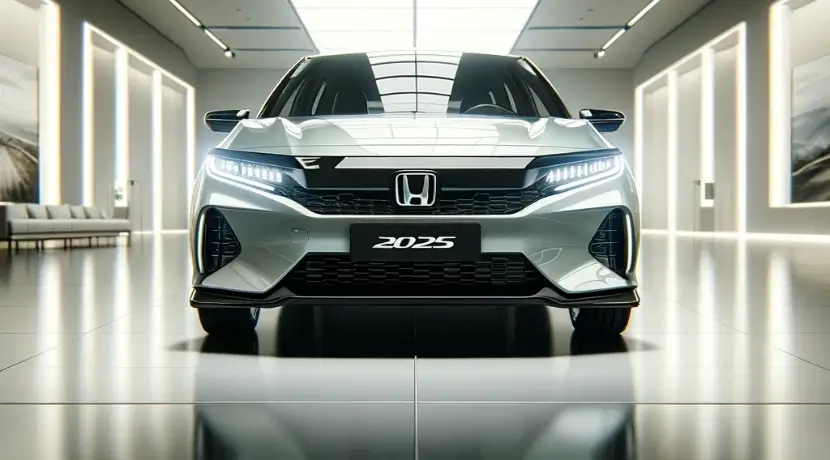2025 Honda Civic Insurance: Navigating The Cost And Coverage Maze
By admin / August 17, 2024 / No Comments / 2025

2025 Honda Civic Insurance: Navigating the Cost and Coverage Maze
The Honda Civic has long been a beloved choice for drivers across the globe, lauded for its reliability, fuel efficiency, and affordability. As we approach the year 2025, the Civic is poised to continue its reign as a popular compact car, offering a blend of practicality and performance. But with the purchase of any new vehicle comes the inevitable question: how much will insurance cost?
This comprehensive guide dives deep into the world of 2025 Honda Civic insurance, covering everything from factors influencing your premiums to strategies for securing the best rates. We’ll also explore the different types of coverage available and help you understand how to choose the right protection for your needs.
Understanding the Factors That Shape Your Premiums
Insurance companies consider a multitude of factors when calculating your car insurance premiums. These factors fall into several key categories:
1. The Vehicle Itself:
- Year, Make, and Model: The 2025 Honda Civic, with its proven safety features and reliability, is likely to fall into a lower risk category than some other vehicles, potentially translating into lower premiums. However, specific trim levels and optional features can influence your rates. For instance, a Civic equipped with advanced safety features like adaptive cruise control and lane departure warning may receive a discount.
- Vehicle Value: The higher the value of your vehicle, the more expensive it is to replace or repair in case of an accident. This often translates to higher insurance premiums. The 2025 Civic’s expected resale value will play a role in determining your insurance costs.
- Safety Ratings: The 2025 Civic is likely to receive high safety ratings from organizations like the IIHS and NHTSA. These ratings can significantly impact your insurance premiums, as they reflect the vehicle’s ability to protect occupants in a crash.
2. Your Driving Profile:
- Age and Driving Experience: Younger and less experienced drivers are statistically more likely to be involved in accidents, leading to higher premiums.
- Driving History: Accidents, traffic violations, and DUI convictions can significantly increase your insurance rates. A clean driving record is crucial for obtaining lower premiums.
- Driving Habits: Factors like your daily commute distance, driving frequency, and driving style can influence your insurance rates. Drivers who commute longer distances or frequently drive in high-traffic areas may face higher premiums.
3. Your Location:
- State of Residence: Insurance rates vary widely across different states due to factors like traffic density, accident frequency, and the cost of repairs.
- Zip Code: Even within the same state, insurance premiums can differ significantly based on your specific zip code. Factors like crime rates, population density, and the presence of high-risk areas can impact your premiums.
4. Your Personal Circumstances:
- Credit Score: In many states, insurance companies use your credit score as a proxy for risk assessment. A higher credit score generally leads to lower premiums.
- Marital Status: In some cases, married individuals may receive lower insurance premiums than single individuals. This is often attributed to a perceived lower risk profile associated with married drivers.
- Occupation: Certain occupations, like those involving long commutes or frequent travel, may increase your insurance premiums.
5. Your Coverage Choices:
- Deductibles: The amount you pay out of pocket before your insurance coverage kicks in. A higher deductible generally leads to lower premiums.
- Coverage Limits: The maximum amount your insurance company will pay for a covered loss. Higher coverage limits typically mean higher premiums.
- Optional Coverage: Additional coverage options, such as comprehensive and collision coverage, can increase your premiums but provide more protection against various risks.
Navigating the Coverage Options
When choosing your 2025 Honda Civic insurance, you’ll need to understand the different types of coverage available and select the right combination for your needs. Here’s a breakdown of common coverage options:
1. Liability Coverage:
- Bodily Injury Liability: This coverage protects you financially if you cause an accident that injures another person. It covers medical expenses, lost wages, and other related costs.
- Property Damage Liability: This coverage protects you if you damage another person’s property, such as their vehicle or home.
2. Collision Coverage:
This coverage pays for repairs or replacement of your vehicle if it’s damaged in a collision, regardless of who is at fault.
3. Comprehensive Coverage:
This coverage protects you from damage to your vehicle caused by events other than collisions, such as theft, vandalism, fire, or natural disasters.
4. Uninsured/Underinsured Motorist Coverage:
This coverage protects you if you’re involved in an accident with a driver who has no insurance or insufficient coverage.
5. Personal Injury Protection (PIP):
This coverage pays for medical expenses and lost wages for you and your passengers, regardless of who is at fault.
6. Medical Payments Coverage (Med Pay):
This coverage provides coverage for medical expenses for you and your passengers, regardless of who is at fault.
7. Rental Reimbursement:
This coverage provides reimbursement for rental car expenses if your vehicle is damaged and cannot be driven.
8. Roadside Assistance:
This coverage provides assistance for situations like flat tires, jump starts, and towing.
9. Gap Insurance:
This coverage protects you against the difference between the actual cash value of your vehicle and the outstanding loan balance if your vehicle is totaled.
Securing the Best Insurance Rates
With so many factors influencing your premiums, how can you ensure you’re getting the best possible rates for your 2025 Honda Civic insurance? Here are some strategies:
- Shop Around: Don’t settle for the first quote you receive. Compare quotes from multiple insurance companies to find the best rates for your specific needs.
- Maintain a Good Driving Record: A clean driving record is the best way to keep your premiums low. Avoid accidents, traffic violations, and DUI convictions.
- Consider Bundling Policies: Bundling your car insurance with other policies, like homeowners or renters insurance, can often result in discounts.
- Take Advantage of Discounts: Many insurance companies offer discounts for various factors, such as good student discounts, safe driver discounts, and multi-car discounts.
- Increase Your Deductible: A higher deductible generally means lower premiums. Consider if you can afford to pay a higher deductible in case of an accident.
- Review Your Coverage Regularly: Your insurance needs may change over time. Review your coverage annually to ensure you have the right protection and are not paying for unnecessary coverage.
- Consider Usage-Based Insurance: Some insurance companies offer usage-based insurance programs that track your driving habits and reward safe driving with lower premiums.
Conclusion
Insurance for your 2025 Honda Civic is an essential investment that provides financial protection in the event of an accident or other unforeseen events. By understanding the factors that influence your premiums, exploring the different coverage options, and implementing strategies to secure the best rates, you can ensure you have the right insurance protection at a price that fits your budget. Remember, proactive planning and careful consideration can help you navigate the insurance maze and find the best value for your 2025 Honda Civic.







![Best Honda Civic Insurance Cost In 2022: [Expert Advice]](https://www.mountshine.com/wp-content/uploads/2022/10/Honda-Civic-Insurance-1536x864.jpg)